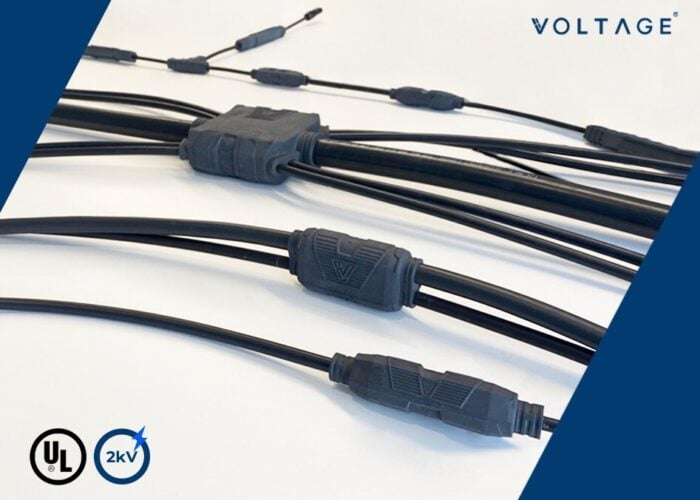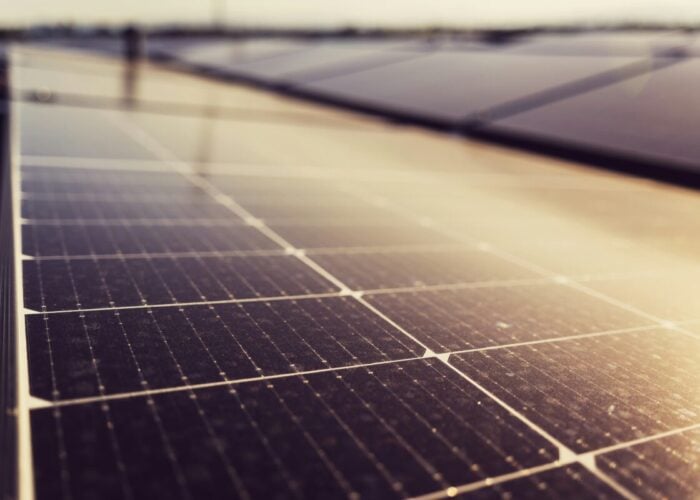The Trump administrations 30% tariff on imports of solar cells and panels will result in modules cost increases of 9-10¢/W in year one, reducing to 3-4¢/W in year four, according to separate analyses by GTM Research and Deutsche Bank.
GTM’s number-crunching found that the tariffs would cause an 11% decrease in US solar deployment between 2018 and 2022, representing a 7.6GW reduction over the five-year period.
Try Premium for just $1
- Full premium access for the first month at only $1
- Converts to an annual rate after 30 days unless cancelled
- Cancel anytime during the trial period
Premium Benefits
- Expert industry analysis and interviews
- Digital access to PV Tech Power journal
- Exclusive event discounts
Or get the full Premium subscription right away
Or continue reading this article for free
GTM also forecast an average module price increase in year one of 10¢/W, stepping down to a 4¢/W premium by year four.
Deutsche Bank’s figures were not far off GTM’s. Noting that module costs are currently in the high 20s to low 30s¢/W, the bank found that module price increases would be ~9¢/W in year one, ~7¢/W in year two (25% on 28¢/W cost), ~5¢/W in year three (20% on 25¢/W cost) and ~3¢/W in year four (15% on 20¢/W cost).
GTM’s break down of the effects on each individual segment including residential, commercial and utility-scale was as follows:
Both analyses found that the US utility-scale segment would be the most heavily affected.
For example, Deutsche Bank expects not only PPAs in certain market segments to trend higher but also new utility-scale project development activity to come to a temporary pause until the supply chain adjusts to the higher module cost structure.
For GTM, the tariffs will only start hitting the downstream market more heavily in 2019, since anticipatory stockpiling of modules will dampen negative effects on 2018 installations.
GTM also found that southern states like Texas, Florida, Georgia and South Carolina will be amongst the most impacted by the tariffs. Meanwhile, Deutsche Bank singled out low savings rate states such as Texas, Florida and Wisconsin as likely seeing the most negative impact on overall fundamentals.
In a release, the bank stated: “While the 30% headline number seems high (versus 10-15% best case scenario that some of the recent media coverage likely implied) and it is certainly not a good outcome for the overall industry, we only expect a temporary setback to US demand outlook and expect a recovery from 2019 timeframe. We also note that the US ITC has left the option of global settlement discussion on the table and it is also likely that a lot of countries (which would be excluded from the tariff) could get announced in the next few weeks.”
MJ Shiao, head of Americas at GTM Research, said: “Trump's decision on solar tariffs matches closely to recommendations from the US International Trade Commission. The overall effect is a meaningful but not destructive reduction to expected solar installations in concert with modest improvements to a still challenging environment for domestic solar cell and module manufacturing.”
The governments Mexico, China and South Korea have all reacted with displeasure at the tariff announcements and PV Tech has garnered a range of commentaries from across industry here.






